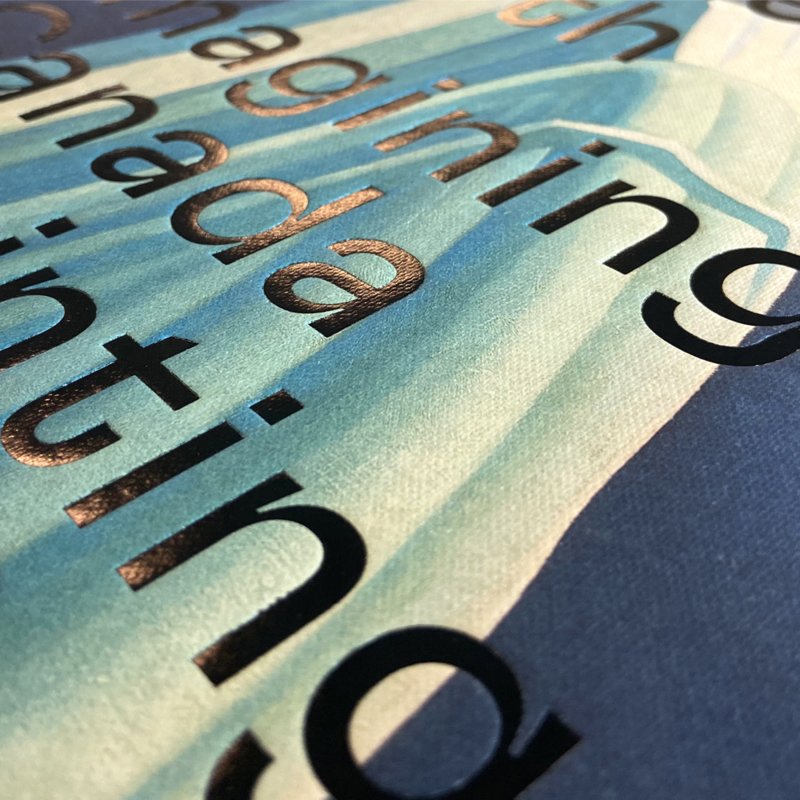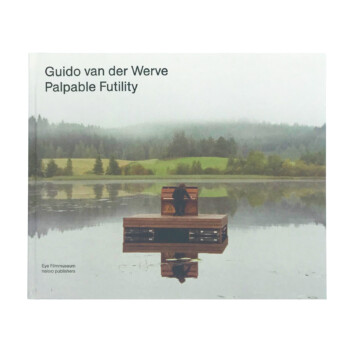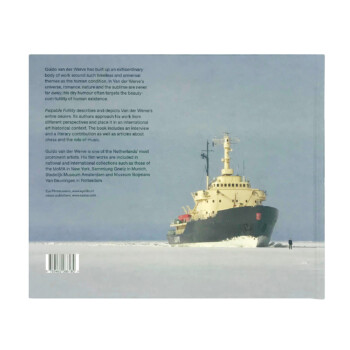The magic of the northern lights, idyllic landscapes and majestic views of the Arctic: “Magnetic North” shows a mythical, imaginary Canada through a range of paintings, sketches, photos, film stills and archive material. The catalogue and exhibition of the same name focus on the Canadian modernist paintings of artists around the Group of Seven, an artist’s collective that is still immensely popular in Canada. These Canadian modernists were united in their goal to capture the beauty, grandeur, and ‘photogenic’ qualities of the country in order to strengthen the young nation in its formation of a coherent identity. The country, which was founded as a confederation in 1867, was formed by a long history of French and English colonial occupation. But before the first European settlers started claiming the territories from the 16th century, they had already been inhabited by Indigenous peoples for millennia.
The artists of and around the Group of Seven were mainly focused on depicting the beauty of nature, their canvases filled with majestic rivers and vast forests. They created a romantic image of an unspoilt wilderness, thereby ignoring the rapid growth of the population, industrialisation, and above all the Indigenous peoples who were left out of the frame. An exception to this rule is the work of the artist Emily Carr from British Columbia, who became acquainted with the group in 1927. She is not just known for the many landscapes she painted, but also for the attention she paid to the Indigenous communities of Canada in her early work, and for the fact that she was interested in the preservation of Indigenous cultures. Today, Carr is also regarded from a critical perspective, as she reduced the culture of the Kwakwaka’wakw to a stereotype in her work.
Over the course of the decolonisation process, critical voices have become more insistent. They are opposed to the portrayal of Canada as an unspoilt country, and to the appropriation of Indigenous culture. The aesthetically organised landscape – experienced as sublime, picturesque, or Romantic – is, at its core, a European concept. So too is the notion of owning or ruling over land. This is countered by the Indigenous worldview of inseparable attachment to, and kinship with the land and all nonhuman forms of life.
The richly illustrated catalogue “Magnetic North” provides a critical view of the work of the Group of Seven. The book is edited by Martina Weinhart and Georgiana Uhlyarik. It includes essays and articles by Jeff Thomas, Ruth Phillips, Carmen Robertson, Katerina Atanassova, Rebecca Herlemann, Georgiana Uhlaryik, Renée van der Avoird and Martina Weinhart, as well as interviews with Indigenous artists Lisa Jackson en Caroline Monnet.















Reviews
There are no reviews yet.